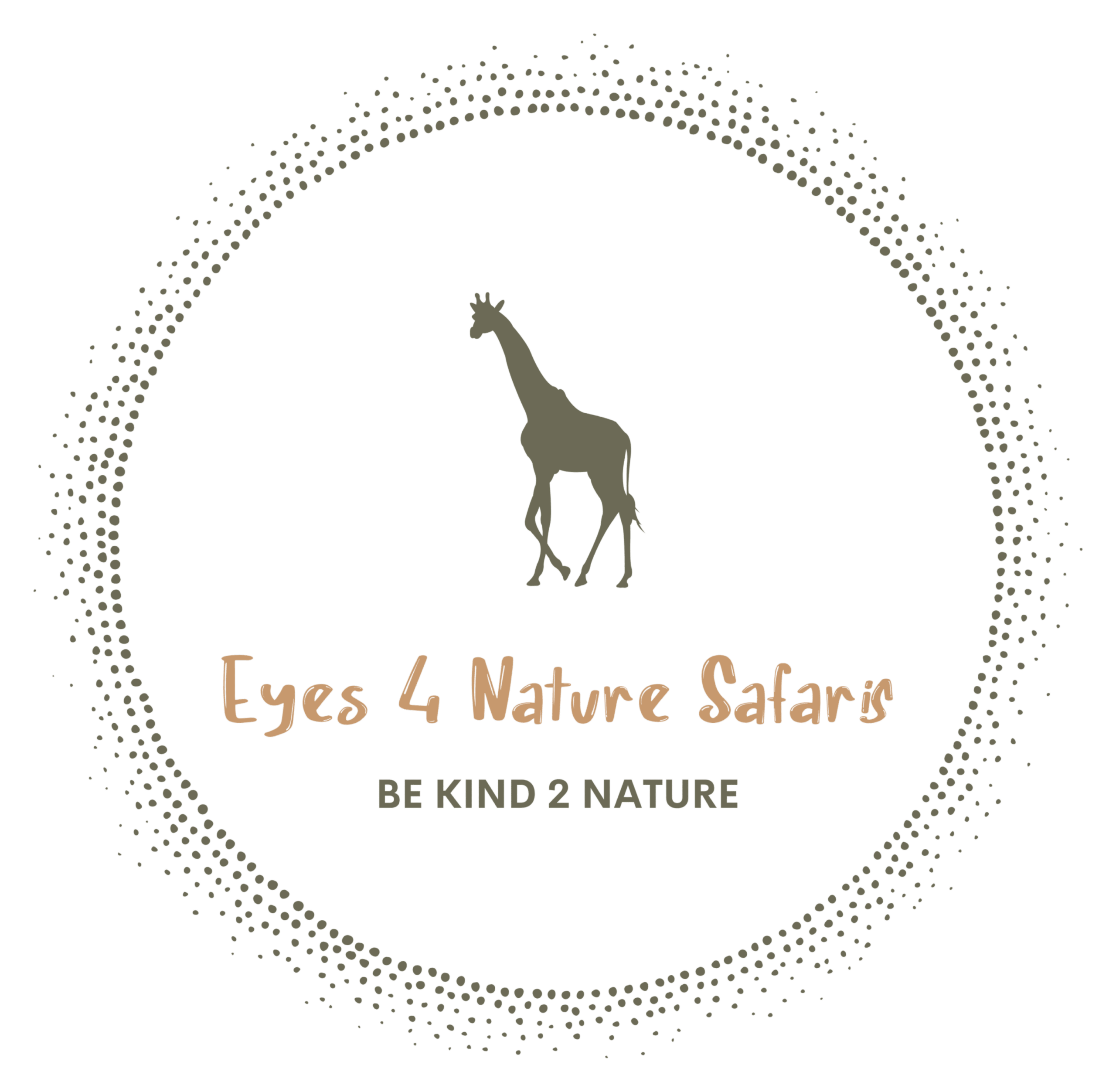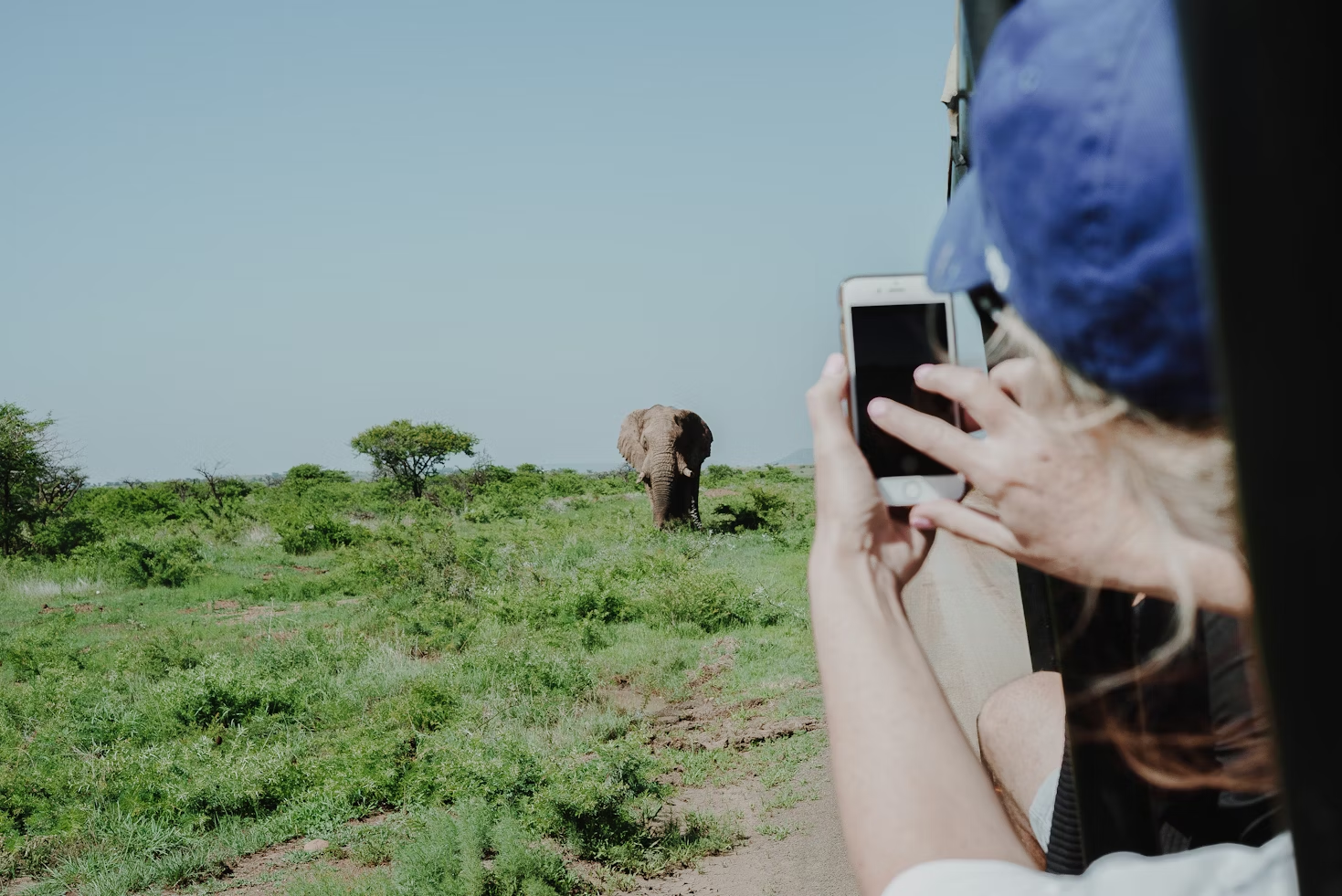
Bringing home incredible photos is a huge part of the safari magic, allowing you to relive those special wildlife encounters for years to come. You don't need to be a professional photographer with expensive gear to capture beautiful images. As a guide who's seen countless sunrises paint the Serengeti gold, I can tell you that understanding a few basics about light, composition, and animal behaviour will make all the difference. Let's get you ready to shoot like a seasoned bush photographer!
Taking photos on safari isn't just about proving you were there; it's about capturing the feeling, the grandeur, and the intimate moments of the African wilderness. I've seen the joy on people's faces when they nail that perfect shot of a lion yawning or a giraffe silhouetted against the sunset. And the good news? You don't need a backpack full of pro gear.
Apollo's Golden Rules for Safari Photography
Whether you're using a smartphone or a high-end camera, these principles will help you elevate your photos:
1. Master the Light: The "Golden Hours" are Your Best Friend
The light in Africa is magical, especially during the "golden hours" – a short period after sunrise and before sunset.
- Why it's great: The light is soft, warm, and casts beautiful long shadows, adding depth and drama to your photos. Animals are also generally more active during these cooler times.
- Midday sun: Harsh and directly overhead, it can create flat images with strong, unflattering shadows. If shooting midday, try to find subjects in shade or focus on details. I often use midday for a siesta, just like the animals!
2. Composition is Key: Think Beyond the Center
How you frame your subject makes a huge difference.
- Rule of Thirds: Imagine your frame is divided into a 3x3 grid. Place your main subject off-center, along one of the lines or at an intersection, for a more dynamic and pleasing image. Most cameras and phones have a grid overlay option.
- Eye Level: Get down to the animal's eye level if possible (safely, from the vehicle!). This creates a more intimate and engaging portrait.
- Leading Lines: Use roads, rivers, or even the direction an animal is looking to draw the viewer's eye into the photo.
- Include the Environment: Don't just zoom in on the animal every time. Sometimes showing the vast landscape around it tells a bigger story. A tiny elephant in a huge savanna can be very powerful.
3. Patience, Patience, Patience (and Anticipation)
Wildlife doesn't perform on demand.
- Wait for the Moment: Animals might be sleeping or facing away. Wait a bit. They might yawn, stretch, turn, or interact. Some of my best shots came after patiently waiting for that specific behaviour.
- Anticipate Action: If you see a lioness intently watching a herd of zebra, get ready! She might be about to hunt. Knowing animal behaviour (like we discussed in the previous article!) helps immensely here.
4. Stability is Crucial: Banish the Blur
Especially when using any kind of zoom, a steady camera is vital.
- Beanbags: Your best friend in a safari vehicle. Rest your lens on a beanbag placed on the window frame or roof.
- Brace Yourself: Use your body, the vehicle door, or anything stable to support your camera.
- Shutter Speed: If your camera allows, use a faster shutter speed for moving animals to freeze the action.
5. Know Your Equipment (Even if it's "Just" a Phone)
- Practice Before You Go: Understand its settings, zoom capabilities, and limitations.
- Clean Your Lens: A smudged lens means blurry photos. Carry a microfiber cloth.
- Battery & Memory: Bring spare batteries and plenty of memory cards. You'll take more photos than you think! I’ve seen people run out mid-sighting – a true safari tragedy!
6. Ethical Photography: Respect the Wildlife
- No Flash: It can startle and distress animals, especially nocturnal ones.
- Keep Your Distance: Never pressure your guide to get too close. A stressed animal won't give you a good photo, and it's unsafe.
- Be Quiet: Loud noises can disturb animals and ruin the experience for everyone.
Remember, the best camera is the one you have with you and know how to use. Focus on enjoying the moment first, and the great photos will follow. Sometimes, the most memorable "shot" is the one you take with your mind's eye.
About the Author
APApollo
Safari Guide & Photography Enthusiast
Former park ranger with over 7000 days of safari experience
Safari Photography for Beginners: Capturing Tanzania's Wildlife
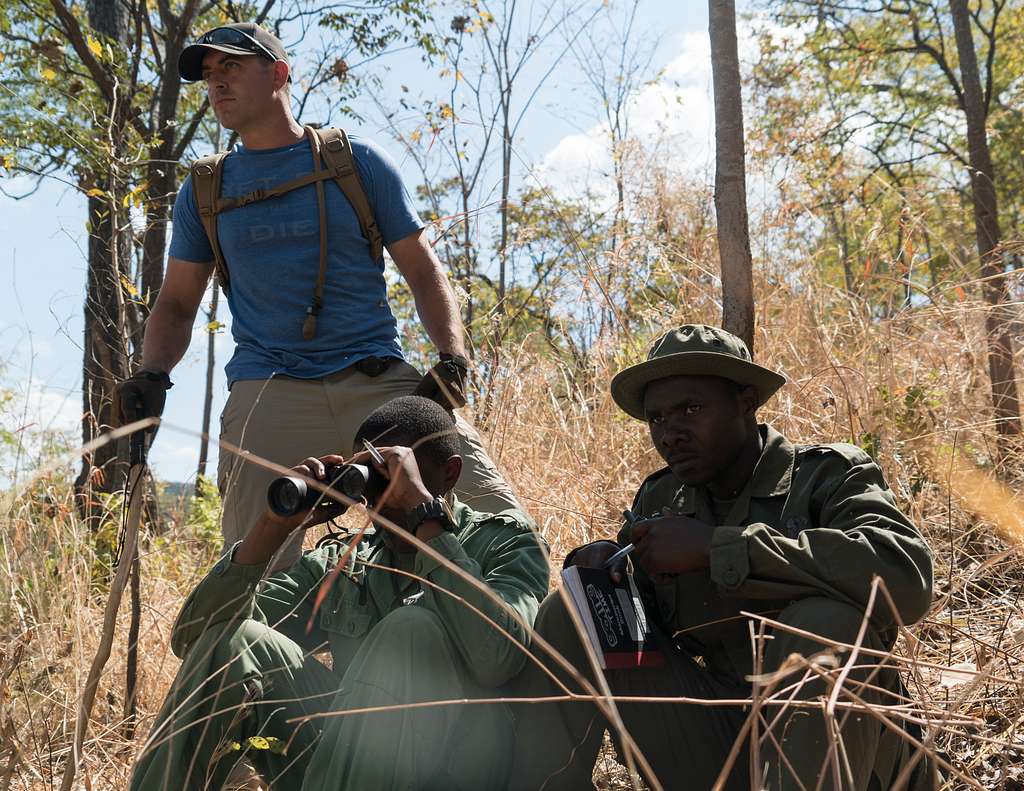
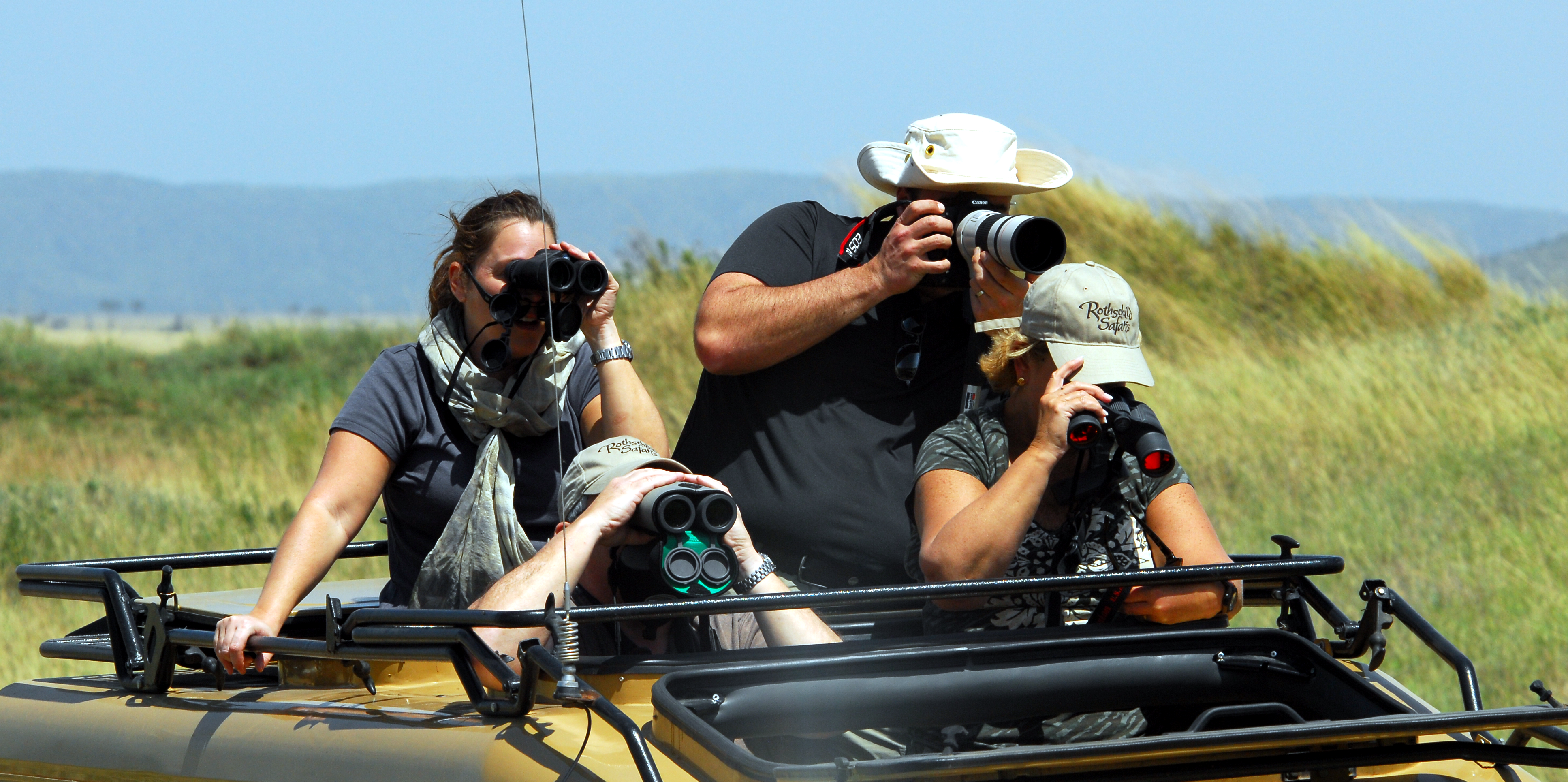
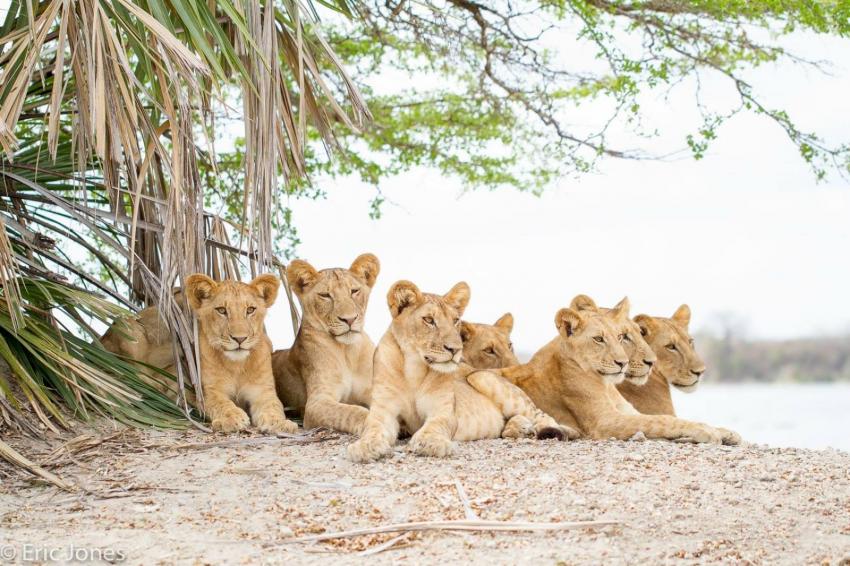
Frequently Asked Questions about Safari Photography
Location
Ready to explore this highlight?
Contact us to plan your perfect safari experience that includes a visit to this amazing destination.
Ready to Experience Tanzania?
Browse our safari tours to start planning your adventure.
View Safari Tours